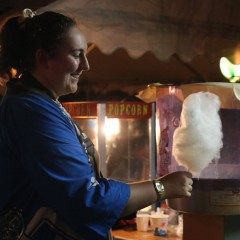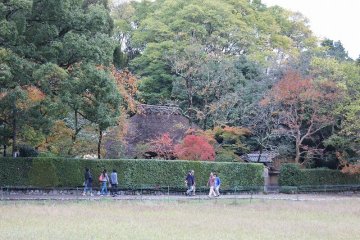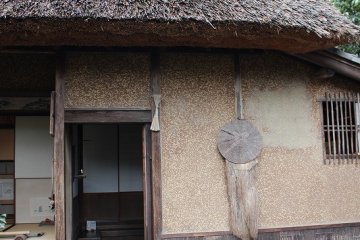Located in Kyoto's Sugano district, at the foot of Mount Ogura lies Rakushisha. Also known as the "Hut of Fallen Persimmons", this was the hermitage of the famous Edo Period haiku poet Mukai Kyorai. According to a book by Kyorai, a man once came from the city and offered to buy all the fruit on the heavily laden branches of the persimmon tree. However, that night, every last persimmon fell from the tree. This story is where the hut gets its name.
The famed poet Matsuo Basho was also said to have come to this hut three times to visit Kyorai, who was considered to be his number one disciple. After Kyorai's death, the building became uninhabitable after years of disuse, and was destroyed in 1704. However, a disciple rebuilt the hut in 1770. The persimmon tree, however, is said to be 300 years old and, as such, may be the same tree that Basho himself looked upon when he visited.
Getting there
Rakushisha is roughly a six-minute walk north from Torokko Arashiyama Station on the JR Sagano Railway.
Illaura Rossiter @illaura.rossiter
A semi-professional photographer and English teacher, Illaura is a long-term resident of Japan who photographs every day life and scenes in Japan to promote a better understanding of Japanese culture.

















